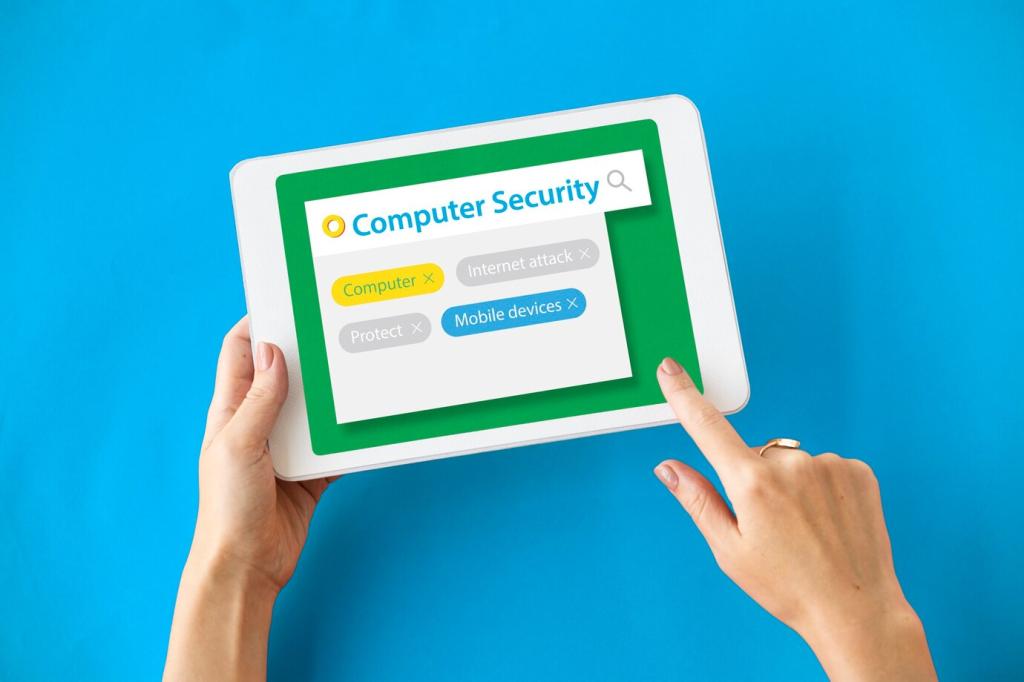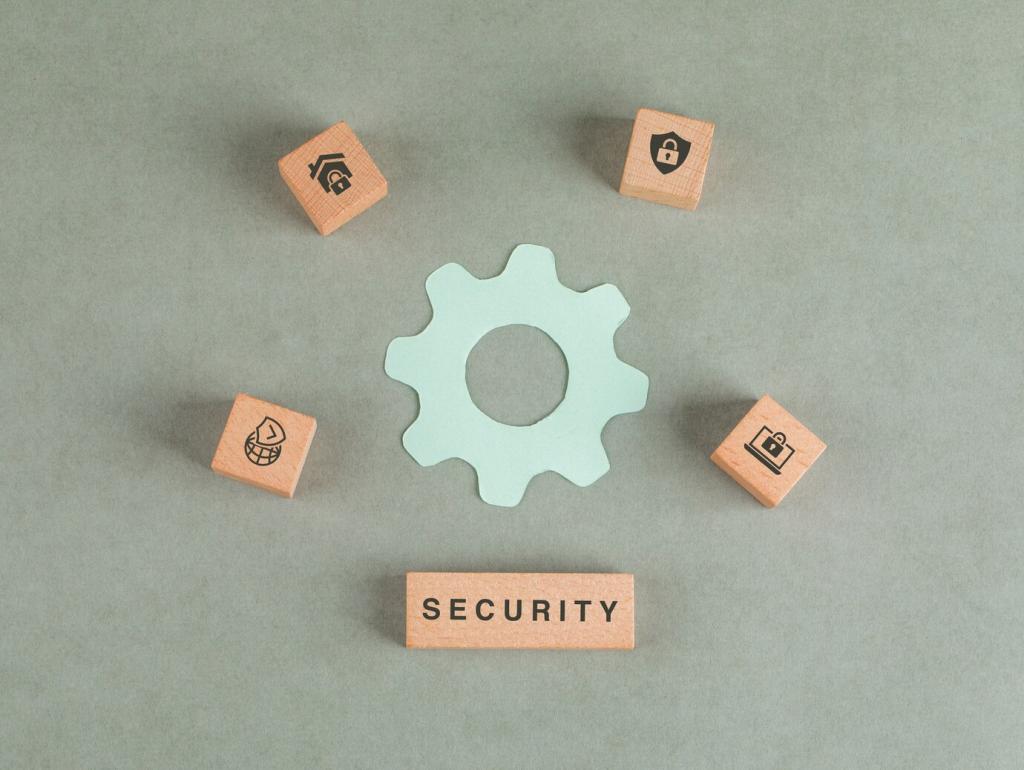Fortify What You Trust: Enhancing the Security of Installed Safes
Selected theme: Enhancing the Security of Installed Safes. Your safe protects what matters most—let’s strengthen it with practical upgrades, smart habits, and inspiring real-world lessons. Explore clear steps, avoid common mistakes, and join our community to share experiences, ask questions, and subscribe for ongoing, security-focused insights.

Begin With a Security Audit of Your Installed Safe

Map the Threats You Face
List likely risks—smash-and-grab, targeted burglary, insider misuse, fire, flood—and rank them by probability and impact. By naming threats, you can prioritize enhancements that meaningfully improve the security of your installed safe and avoid spending on low-value measures.

Document Installation Details That Matter
Record wall or floor composition, anchoring points, access space around the safe, nearby windows, and typical noise levels. These specifics determine whether attackers can pry, tip, or cut quickly, guiding how you enhance the security of your installed safe most effectively.

A Five-Minute Test That Changed a Mind
A reader timed how fast they could simulate prying their unanchored safe by slipping a bar under one edge. Two minutes later, they upgraded anchors, added detection, and realized enhancing the security of installed safes begins with honest testing and swift corrections.
Anchor Into Structure, Not Just Surface
Use rated wedge anchors in cured concrete or lag bolts into solid joists, not thin subflooring. Oversized washers, lock washers, and threadlocker help resist loosening. Proper anchoring dramatically enhances the security of installed safes by neutralizing tipping and leverage-based attacks.
Build a Defensive Enclosure Around the Safe
A snug cabinet, closet, or stud-framed enclosure reduces tool maneuvering space and hides pry points. Reinforce with plywood and steel where feasible. This layered approach enhances the security of installed safes by forcing attackers to fight multiple barriers simultaneously, burning precious time.
Control Leverage and Access Space
Block edges where pry bars could bite and limit clearance above, below, and behind the safe. Add base shims only if they cannot be leveraged. By managing physical geometry, you meaningfully enhance the security of installed safes without expensive specialty parts or complicated retrofits.
Choose Certified Locks and Components
Favor UL Type 1 electronic safe locks or EN 1300-rated components, and high-security cylinders meeting UL 437 when applicable. Certification signals tested resistance to common attacks. Upgrading lock hardware directly enhances the security of installed safes with standardized, measurable protection improvements.
Relockers, Hardplates, and Clutch Handles
Harden the door with hardplates to blunt drilling, add relockers to secure bolts during tampering, and consider clutch or shear handles to defeat torque. These layered countermeasures enhance the security of installed safes by keeping the boltwork protected when tools inevitably meet metal.
Dual Control, Time Delay, and Audit Trails
For higher risk environments, deploy dual codes, time-delayed openings, and audit logs. These features reduce insider misuse and accelerate investigations. Combined, they enhance the security of installed safes by aligning technology with human behavior and operational oversight.
Placement, Concealment, and Layered Deterrence
Avoid locations offering clear prying angles or uninterrupted sledge space. Tight corners, solid floors, and limited swing room for long bars enhance the security of installed safes by turning physics against attackers and maximizing the noise and time they must invest.


Placement, Concealment, and Layered Deterrence
Hide the safe in cabinetry or behind a discreet panel, but keep your own access comfortable. Concealment deters casual discovery while buying time. Done right, it enhances the security of installed safes without inviting mistakes that occur when owners stop using difficult-to-reach storage.

This is the heading
Lorem ipsum dolor sit amet, consectetur adipiscing elit. Ut elit tellus, luctus nec ullamcorper mattis, pulvinar dapibus leo.

This is the heading
Lorem ipsum dolor sit amet, consectetur adipiscing elit. Ut elit tellus, luctus nec ullamcorper mattis, pulvinar dapibus leo.
Maintenance, Access Hygiene, and Emergency Planning
Rotate codes, avoid birthdays, and change credentials after contractors or guests leave. Never share combinations by text or email. Strong access hygiene enhances the security of installed safes by reducing the easiest attack vector—human mistakes and predictable secrets.
Quarterly, check anchor tightness, hinge smoothness, and lock battery health. Annually, review enclosure integrity and camera angles. Routine care enhances the security of installed safes by keeping small degradations from becoming silent vulnerabilities at the worst possible moment.
Document procedures for lockouts, power failures, and post-burglary checks. Store backup keys or override credentials with a trusted third party, not inside your home. Careful contingency planning enhances the security of installed safes while ensuring you can recover quickly under stress.
A Close Call That Proved the Layers
One subscriber reported pry marks on their closet frame but no breach. Anchors held, the enclosure denied leverage, and the alarm cut the attempt short. Their experience reinforces how layering enhances the security of installed safes when seconds truly decide outcomes.
Your Turn: Share What Worked
Have you upgraded anchors, added sensors, or improved concealment? Tell us your approach and results. Your details help others enhance the security of installed safes with confidence, and we may feature anonymized lessons in an upcoming post to benefit the community.
Subscribe for Deep Dives and Checklists
Join our newsletter for step-by-step guides, vetted product criteria, and seasonal maintenance reminders. Consistent learning enhances the security of installed safes by keeping you informed, equipped, and ready to act before attackers find avoidable weaknesses in your setup.
